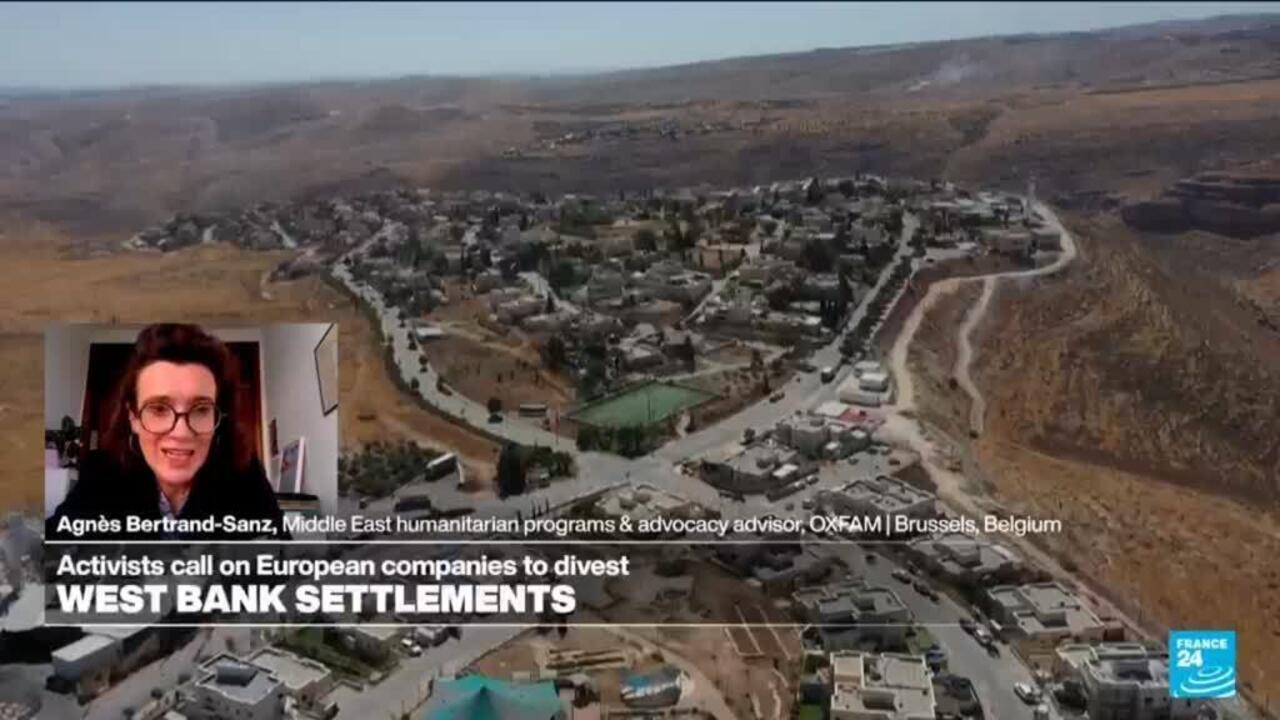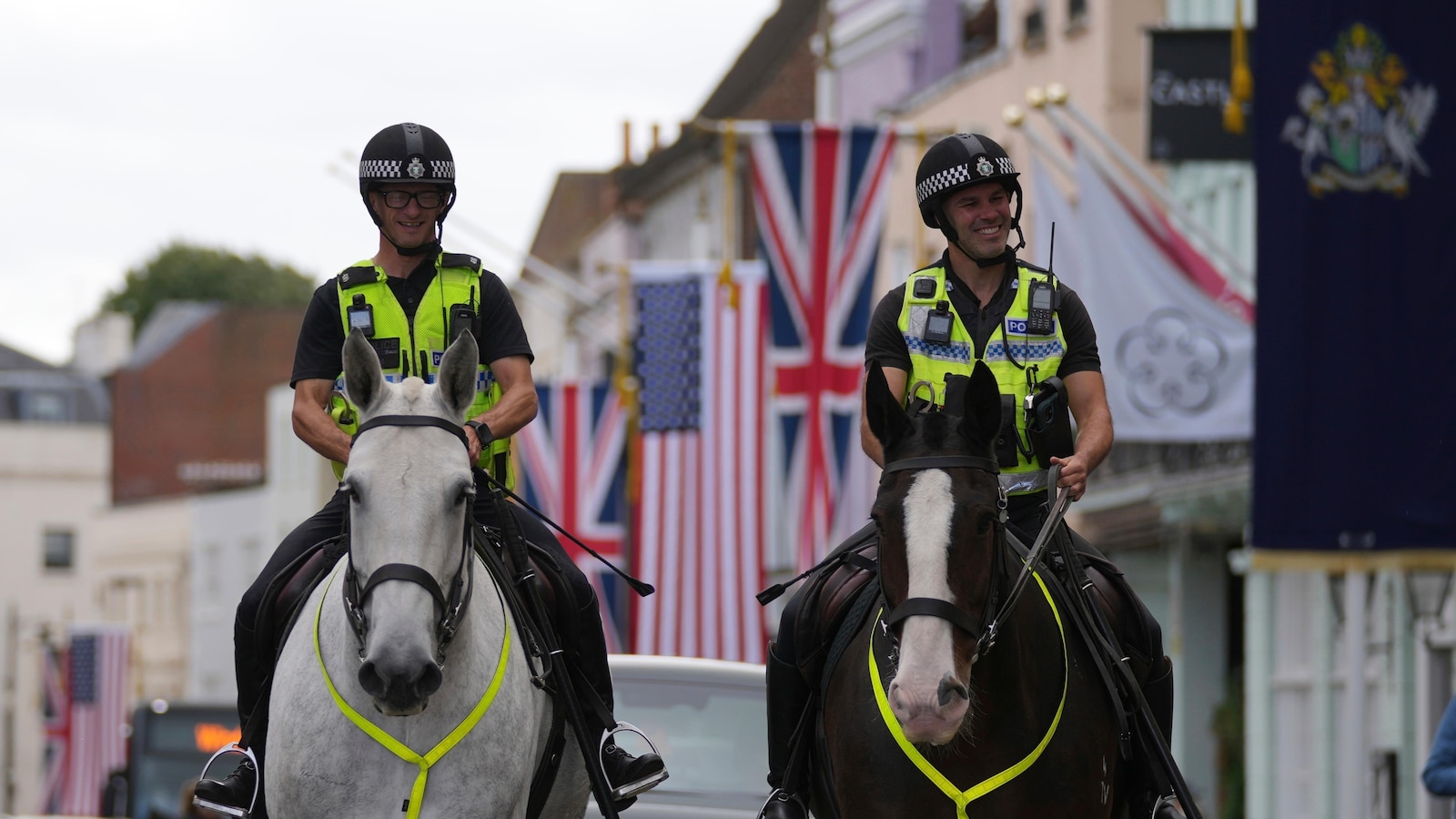Iraqi authorities have begun excavating the site of a mass grave believed to contain thousands of victims of the Islamic State (IS) group near Mosul city, the project's director told AFP on Sunday.
The first phase, which was launched on August 10, includes surface-level excavation at the Khasfa site, director Ahmed al-Assadi said.
An AFP correspondent visiting the site in northern Iraq on Sunday said the team unearthed human skulls buried in the sand.
Khasfa is located near Mosul, where the IS group had established the capital of their self-declared "caliphate" before being defeated in Iraq in late 2017.
Read moreIraq: Mosul's long road to recovery, five years after IS group's defeat
Assadi said that there were no precise figures for the numbers of victims buried there – one of dozens of mass graves the IS group left behind in Iraq – but a UN report from 2018 said Khasfa was likely the country's largest.
Official estimates put the number of bodies buried at the site at at least 4,000, with the possibility of thousands more.
The project director said the victims buried there include "soldiers executed by IS", members of the Yazidi minority and residents of Mosul.
Exhuming the bodies from Khasfa is particularly difficult, Assadi said, as underground sulphur water makes the earth very porous.
The water may have also eroded the human remains, complicating DNA identification of victims, he added.
Assadi said further studies will be required before his team can dig deeper and exhume bodies at the site – a sinkhole about 150 metres deep and 110 metres wide.
The operation is initially limited to gathering visible human remains and surface evidence while preparing for a full exhumation, which officials say will require international support.
Iraqi authorities said it was the site of "one of the worst massacres" committed by IS group jihadists, executing 280 in a single day in 2016, many of them interior ministry employees.
A decade after genocide, Iraq's Yazidis make bittersweet return to Sinjar
To display this content from YouTube, you must enable advertisement tracking and audience measurement.
One of your browser extensions seems to be blocking the video player from loading. To watch this content, you may need to disable it on this site.

12:51
In a lightning advance that began in 2014, the IS group had seized large swaths Iraq and neighbouring Syria, enforcing a strict interpretation of Islamic law and committing widespread abuses.
At its peak, the IS group ruled an area half the size of the United Kingdom in Iraq and Syria and was notorious for its brutality. It beheaded civilians and enslaved and raped thousands of women from the Yazidi community, one of Iraq’s oldest religious minorities.
The United Nations estimates the jihadists left behind more than 200 mass graves which might contain as many as 12,000 bodies.
In addition to IS group-era mass graves, Iraqi authorities continue to unearth such sites dating to the rule of Saddam Hussein, who was toppled in a US-led invasion in 2003.
(FRANCE 24 with AFP and AP)











 English (US) ·
English (US) ·